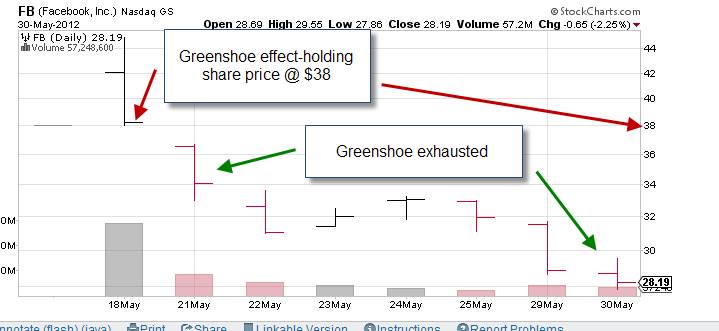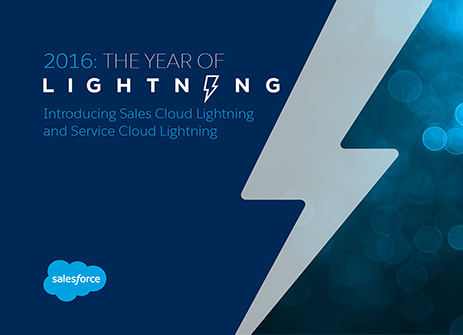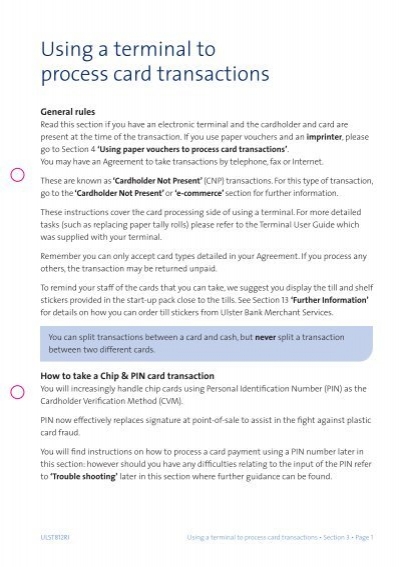Contents:


Generally, bills are used for purchases made on credit, and receipts follow cash payments for goods or services. For instance, when a customer is paying for groceries, the clerk will total the items and hand the customer a receipt immediately after he or she receives the payment. A person who has an account with a telephone company, on the other hand, is likely to receive a bill about the same time each month with the specific amount owing. If the previous month’s bill hasn’t been paid, the amount will usually be added onto the current one, with perhaps an interest charge if the due date has long passed.
Get started with invoicing today using our Free Invoice Generator. Some industries customarily use specific payment terms, such as 30 days from receipt . However, you can alter your payment terms to meet your needs.
Definition of an invoice and a bill
Whereas invoices can be both one-time or recurring, depending on the type of invoice that is being issued. Businesses send an invoice for goods and services sold on credit and serve as a request for payment. Both bills and invoices are commercial documents issued by the seller, that detail the goods and services a customer purchases. The invoice is used as a request for payment, whereas the receipt serves as proof of payment. Receipts serve as confirmation of payment for goods and services. As well as proof that the customer received what they paid for.
“I’m not crazy about my work, but it covers the https://1investing.in/,” he says. A bill refers to providing evidence of a transaction to both the seller and the purchaser. Invoicing for iOS Experience hassle-free invoicing on your iPhone and iPad by downloading the Moon Invoice app for iOS. Invoicing for Android Invoice from anywhere, anytime on your Android device by downloading the Moon Invoice app for Android.
What does a bill include?
Businesses provide invoices and customers view them as bills to be paid. The total amounts on all types of receipts indicate funds paid. Tax invoice is a document for the taxable supply of products and services. In general, a tax statement contains information such as a description, the amount of service/goods provided, the amount of tax due, and any other information that may be specified.
Essentially, bills and invoices are both documents that request payment and provide details on purchase sales. Restaurants, bars, and hotels might rely on a billing process, granting their customers access to a product or service and billing them once the sales transaction is complete. The total amount that the customer owes can be printed or written on the bill. Invoices also offer a distinct advantage when it comes to recurring services.
- A due date is also mentioned indicating the number of days the buyer has to pay the money.
- Like an invoice, a bill outlines how much money a customer owes a business.
- Similarly the invoices of products are provided by the seller to the consumer.
- Reports Get to know financial health and performance of your business.
This site is protected by reCAPTCHA and the Google privacy policy and terms of service apply. We’ve prepared this quick guide to help you distinguish between the two. Small businesses A business community to help you blaze your trail. Integrations Automatically sync invoice, client, and inventory data.
The difference between an invoice and a statement
An invoice is issued by the seller to request payment, and a bill is received by the customer to make the due payment. A bill is issued to you as a customer for purchasing products or services. It is an invoice that you as a business receive, and enter it as a bill in your books.

In a B2C setting, say, a retail store or a restaurant, the buyer is expected to pay immediately after receiving the bill. Whereas during B2B transactions, bills payable show the amount customers owe for the goods and services sold on credit and is expected to be paid by a certain date. It can include service invoices, phone bills, and utility bills. Like invoices, bills serve as legal evidence of the transaction. A restaurant would generally use bills and receipts instead of invoices.
balance sheet example, a receipt is issued only after the customer pays in full. Other than the obligation to fulfill refunds or replacement claims, the sale is considered closed. A receipt serves as a record of a completed sale, which goes into the books as income. If you run a company that requires quick payment, such as an internet service provider, hair salon, or café, bills may be a better choice.
For example, if your business provides monthly web development services to a customer, you can send recurring invoices to your client through your invoicing software platform. Invoices are used for requesting payment from your customers, as well as for documenting the goods and services involved in a business transaction. This means that a business issues an invoice after a transaction has been completed.
Qt9 ERP Review 2023: Features, Pros & Cons – Forbes
Qt9 ERP Review 2023: Features, Pros & Cons.
Posted: Fri, 14 Apr 2023 16:00:25 GMT [source]
Many businesses and customers use the terms “invoice” and “bill” interchangeably, as both documents contain details of the sale and are part of the purchase cycle. Since most business owners rely on accounting software to handle their books, it might be helpful to understand how today’s software platforms distinguish between bills and invoices. This step is crucial when it is part of a more extensive procurement process. For example, your customer might submit a purchase order for a particular product or service.
They are used to effectively keep track of the sold items, their prices, taxes, and other transaction-related information. Usually, invoices are issued after the service or goods have been delivered while the payment has not been made yet. Invoices were widely printed and sent via post or fax in the past.

Date of the completion of the service, or the goods purchased. Get Paid FasterInvoice Create and send professional invoices like never before. Purchase order Prepare purchase orders or use templates and send it to your vendors. Examples of billing include those done at restaurants, bars, department stores, hair salons or spas.
If the invoice includes payment terms, such as Net 30 , the customer is expected to pay within the timeframe stated. So when it comes to invoices, there is an option to pay later. Similar to an invoice, a bill is a commercial document sent by a seller to a buyer detailing the amount the buyer owes for products or services they received. A bill is issued before payment is sent, provides a record of a transaction, and serves as a reminder to the buyer to make a payment.
Although both terms are often used interchangeably after the purchase order, some major differences set invoices and bills apart from each other. A bill refers to one kind of commercial document that outlines the total amount a customer owes for the products and services and is printed or written as a small statement of the charges. This is not to say that invoices cannot be used for immediate transactions, after all, they are essential for business accounting purposes. Within business-to-business sales, an invoice is nearly always used, even if goods and services are paid for immediately. This is because formalised invoices simplify accounting processes. An invoice contains information about how much money a customer owes.
Clear takes an ambitious leap to build a connected finance ecosystem – ETCIO
Clear takes an ambitious leap to build a connected finance ecosystem.
Posted: Sat, 15 Apr 2023 03:14:30 GMT [source]
A statement sent to a customer, showing billings to and payments from the customer during a specific time period, resulting in an ending balance. The purpose of the statement is to remind a customer of sales on credit that have not yet been paid to the seller. On the other hand, the sellers can issue invoices to their customers who have credit accounts, enabling them to get the goods or services beforehand and pay later. Sellers can even split the total amount into several invoices and get paid in installments. Invoices, on the other hand, can be recurring and are commonly used for requesting timely payment from clients that have purchased goods and services on credit. Bills, however, are used for one-time and up-front payments, typically for retail services.
